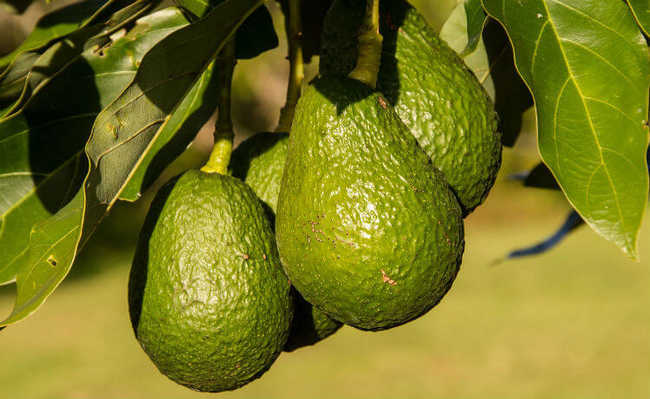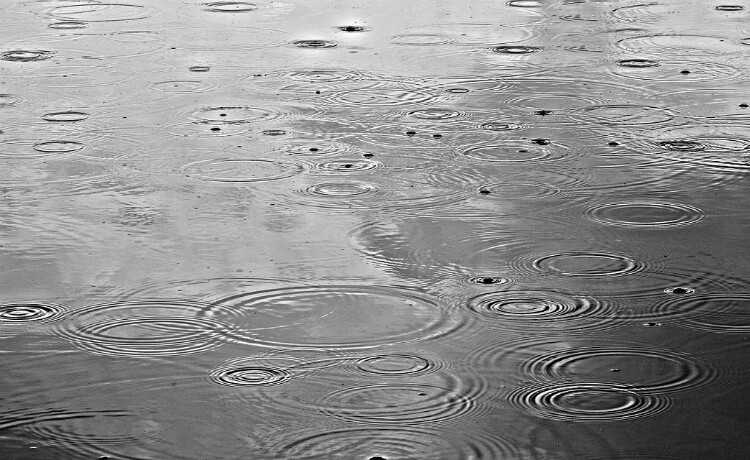Acoustic ecology: sounds can be used to analyze environmental health
The measurement can reveal complex changes in habitats that are not visible with satellite measurements or photographs

Luisella Planeta Leoni image by Pixabay
Acoustic ecology is a scientific discipline that grew out of the experience of musician and ecologist Bernie Krause.
Did you know that ants, insect larvae and sea anemones create a sound signature? Every wild environment on the planet, like the Amazon rainforest, works like an orchestra of nature. Winds, insects, reptiles, amphibians, birds, mammals and river noises are instruments that play a role in the sound harmony of these great compositions. Each soundscape generates a unique signature and contains an incredible amount of information. They are incredibly valuable tools with which to assess the health of a habitat across its entire life spectrum.
Photographs and satellite images are important tools for monitoring deforestation, but it is not always possible to detect partial degradation through these images, as the sound of the environment can reveal much more about the balance of biodiversity. The use of this type of tool for measuring biodiversity is known as acoustic ecology (ecology soundscape).
Bernie Krause, who was born in Detroit, USA, in 1938, has spent more than half of his 76 years capturing natural sounds from the four corners of the world. He has worked with great artists such as Bob Dylan, The Doors and Rolling Stones, and helped create the sound effects for films such as "Apocalypse Now" and "Rosemary's Baby." He was one of the founders of the field of acoustic ecology and coined several terms that are widely used.
What is acoustic ecology?
To understand what acoustic ecology is, we have to analyze its origins. The first studies involving soundscapes, by SouthWorth (1969), studied urban soundscapes and their impact on human relationships. In the 70s, with the creation of the World Sound Landscapes Project, led by Raymond Murray Schafer, the concept was expanded. Musician Schafer used to say that “the world is a huge musical composition, which unfolds before us uninterruptedly. We are simultaneously your audience, your performers and its composers.”
The project aimed to raise awareness of sound effects in the relationships and interactions between human beings and sounds in an environment, including musical orchestrations, aural awareness and acoustic designs.
Another field within this discipline is bioacoustics, which studies the communication of animals, covering behavior, life history theory and the physics of sound production. However, most of these studies focus on individual species or on species comparisons. Records of bird songs by ornithologists are examples, such as the song of the very rare ivory-billed woodpecker, which has its sound recorded in samples.
But what theorists like Krause defend is that the fragmentation and decontextualization of the soundscapes of the habitat makes it impossible to understand the reasons for the vocalizations, or their relationship with the other animal sounds emitted in the environment. Recording all sounds together allows the development of studies based on a contextual explanation. Acoustic ecology takes a macro perspective, and focuses on the entire complex array of biological and other environmental sounds that occur in a location, whether geological or anthropogenic.
While exploring equatorial forests in Africa, Asia and Latin America, the musician realized that the sounds of nature are deeply connected and reveal the relationships of the habitat. Like musicians in an orchestra, the different species harmonize their vocalizations, modulate together, and accompany the natural sounds of the habitat. This holistic perspective of the soundscape was a watershed.
Before, the technique consisted of recording the sound of each isolated animal, restricting research to the limits of each vocalization. For the musician, "this was a bit like trying to understand the magnificence of Beethoven's Fifth Symphony, abstracting the sound of a single violinist from the context of the orchestra and just hearing that part."
In orchestras, instruments are divided into categories such as strings, brass, percussion, woods, etc. In nature's orchestras there are also divisions, since the three basic sources of the soundscape are: geophony, biophony and anthropophony. Geophony refers to non-biological sounds, such as wind in trees, water in a stream, waves on beaches, movements of the Earth. Biophony is all sound that is generated by living organisms, not humans, in the habitat. And anthropophony is all the sounds produced by us humans. Whether they are controlled sounds, like music or theatre, or chaotic and incoherent, like most of our noises.
But how to analyze these soundscapes?
Krause found compelling evidence that acoustic ecology is a measure of biodiversity in 1988. That year, he was granted permission to record the soundscape of Lincoln Meadow, a forest management area located three and a half hours from San Francisco, USA. United States, before and after selective logging. Biologists and those responsible for the logging company convinced the local community that the extraction method, which consisted of cutting down a few trees, would not cause environmental impacts. The musician installed his recording system in the meadow and recorded a large number of early morning choirs, with a very strict protocol and calibrated recordings. A year later he returned, on the same day of the same month, at the same time and under the same conditions, and the soundscape revealed a completely different situation, without the previous harmony.
As the musician recounts, “I have returned to Lincoln Meadow 15 times in the last 25 years, and I can say that the biophony, the density and diversity of that biophony, has not yet returned to what it was before the operation”.
Looking at photographs of Lincoln Meadow taken before and after the process, from the perspective of the camera or the human eye, no tree or branch seems to be out of place. However, the “music” captured reveals a very different scenario. The sound mosaic of before was now limited to a handful lacking in noise, highlighting the current of the river and the solitary hammering of a woodpecker.
Traditional methods of assessing a habitat are by visually counting the number of species and individuals in a given area. “Visual capture implicitly structures a limited frontal perspective of a given spatial context, while soundscapes extend that scope to 360 degrees, completely enveloping us,” explains Krause. However, sound ecology scholars argue that the method is much more accurate and allows analyzing data both in density and diversity, in addition to the harmony of the habitat. “And while a photograph is worth a thousand words, a soundscape is worth a thousand photographs”, completes the musician.
According to musician Bernie Strauss, the design is relatively simple: the more musical and complex the acoustic properties of a habitat, the healthier it is. Biophonies provide a lot of information that provide an understanding of our relationships with the natural world. You can hear the impact of resource extraction, human noise and habitat destruction. The soundscape indicates patterns that reveal the degree of health of the habitat: if the relationship is not healthy, the bioacoustic patterns will be chaotic and incoherent.
After the Industrial Revolution, soundscapes began to completely disappear at an increasing pace, or turned into a homogeneous cloud of contemporary urban sounds. In the book "Nature's Great Orchestra," Krause comments that 50% of his material comes from habitats so radically altered that they are completely silent, or can no longer be heard in any of their original forms. “In many of these places, sound changes happen at a frightening pace, like Kilimanjaro and Glacier Bay glaciers, or coral reefs,” he explains.
Check out the video (with subtitles) of Bernie Krause's talk to TED Talks.
The beautiful melodies of nature
In the book, the musician also shows how recordings help us understand the emotional manifestations of animals. Krause captured the cry of a beaver after losing his family in an explosion, and reveals that it was the saddest sound he has captured in his entire trajectory.
But beyond that, there are details of beautiful melodies of nature, such as the singing of doublet couples from Indonesia. The musician says that a tribe in Borneo considered that the beautiful singing of the gibbons was what made the sun rise.
The experience of acoustic ecology reveals the importance of paying more attention to the sounds of nature, perhaps this generates a revealing process that allows us to reflect on our impact on the environment. Without a doubt, the comforting experience of listening to the sounds of nature educates the senses.
Hear more sounds in Bernie Krause's "The Great Orchestra of Nature"










